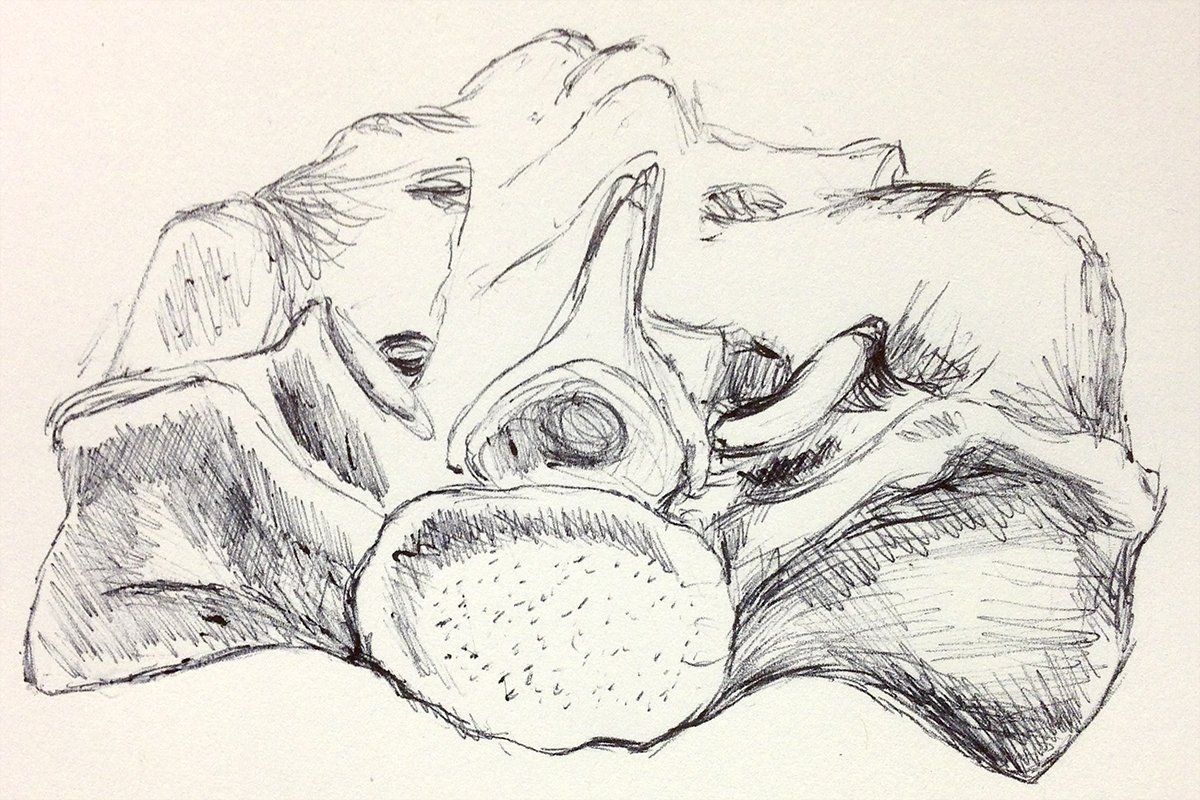15. Enactive, Embodied Communication in Hermeneutic Healthcare - Part 3 (A model)

In the last blog, I delved into the work of philosopher Susan Stuart, who became interested in the phenomenon of cranial osteopathic palpation, describing it as a form of “enkinaesthetic entanglement”. Now I wish to explore further how we can model a form of hermeneutic healthcare - one that may involve touch - in the light of both enactivist, embodied theories of consciousness and communication, as well as the hermeneutic model proposed by Frederik Svenaeus (see Blogs 8 and 9).
First and foremost, a hermeneutic experience of healthcare entails sense-making. The patient seeking healthcare is an understanding being, who wishes to know as meaningfully as possible what ails them. The account of the diagnosis might be of as much significance as the options for treatment, or the prognosis.
Secondly, a hermeneutic model of healthcare will see the patient and their practitioners as co-agents, participating in an intersubjective therapeutic alliance.
Thirdly, within hermeneutic healthcare, there is an investment in skilful enactive communication: attending, being-alongside, participating, acknowledging, hearing, reflecting and sharing. This communication will, by virtue of its hermeneutic orientation, involve an intertwining and a fusion of horizons.
Finally, the very fact that healthcare has a hermeneutic character, imbues it with the potential to instantiate symbolic change (a meta-semiotic sense of alleviation or relief) in the patient’s experience of their health.
In my thesis, “Making Sense of Cranial Osteopathy: an Interpretative Phenomenological Analysis”, I describe cranial osteopathy as a hermeneutic form of healthcare. Having analysed data which led me to understand that bodily empathy - the mutual incorporation (in cranial osteopathic encounters), described by Fuchs and de Jaegher (2009) - involves a resonance in which the osteopath and the patient merge in their understanding, and what is meaningful is disclosed (ie. the clues to the diagnosis and to the re-orientation back to health).
In my next post...
I will return to the challenge presented to philosophers and practitioners of healthcare by non-dualism, and how we are used to thinking in dualistic and analytic, rather than holistic and gestalt, ways.
You might also like...




